
No it’s not the jockey who has a mop of red hair, but her horse, Tenterfield, who is the classic off-the-track variety of hot, chestnut Thoroughbred ex-racehorse. I guess there are lots and lots of readers who will identify with Annica as she deals with some of those typical infuriating Thoroughbred reactions. Annica’s instructor, Michelle Strapp, is determined that the horse will not be allowed to make the rider react: the hotter he gets, the cooler the rider needs to be…
“He’s busy enough, he doesn’t need you to be busy. Keep your arms really soft.”
And of course, one-sided horses make one-sided riders, and Annica has developed a tendency to pull back with her left hand. It’s a habit that Michelle is in the process of eradicating: “Let your elbow come forward for two or three strides. That has got to start to be more natural. Try and feel when you let your elbow go forward, it’s not a matter of forcing your hand forward, think about relaxing your arm…”

Dealing with a hot horse requires tact, so Michelle decides that warming him up in trot is counter-productive. When Tenterfield starts his work he is distracted by everything.

“If he starts to get really distracted, just get into a canter in a light seat rather than give him a hard time. Let’s pick up the canter – it’s easier to get him on the job, you also start to relax with him more in the canter.”
story continues below the advertisement

Michelle tried to teach Annica to use light lateral work at the trot to keep his attention in the beginning, but today that only got them both frustrated. Tenterfield’s contact is very unsteady in the beginning and the easiest way to stabilize it is for Annica to canter forward.
“Get out of the saddle for a while and just think straight, straight in the neck, soft arms, a little bit more canter. And the concept in the canter is to get the horse forward to a contact and only then can you stabilize him into the bridle.”
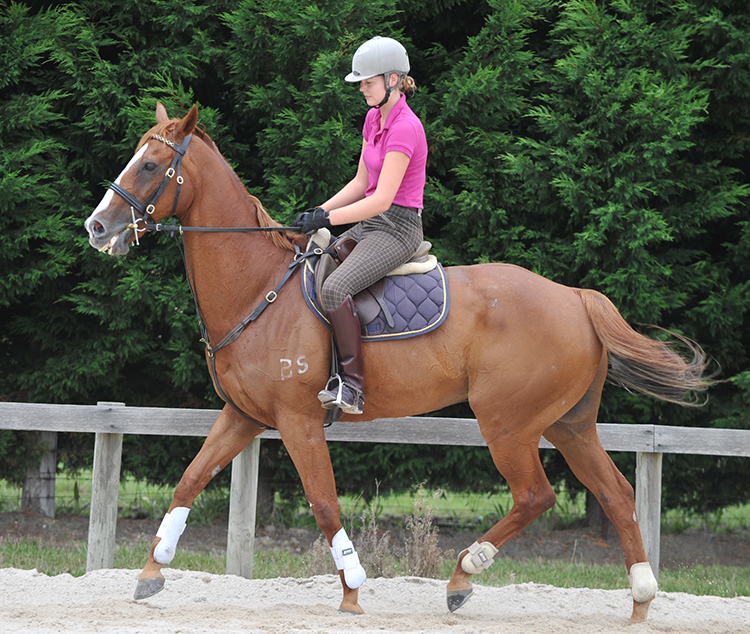
“Ride a circle up the top of the arena, just keep your hands really, really steady, bring your upper body angle back and ride a smaller circle, don’t fiddle, if he comes above the bit to look at something, keep your hands steady and ride the line with your eyes and your legs to the contact. If he falls a little to the right , right leg and try and keep the same canter – do not get too short in the canter, still hands, ride the circle with both your eyes, and your legs.”
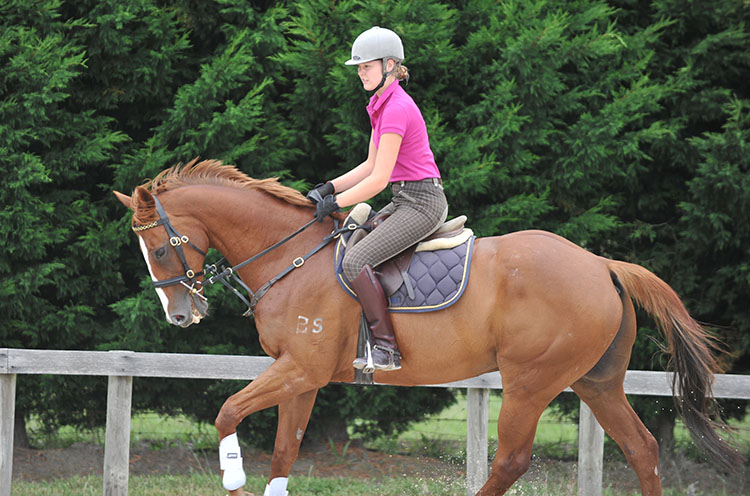
“Relax your hands, good, now half halt with your body, super, now relax your hand, correct your horse’s balance without suffocating the canter. When you get busy with him is when you feel like you are falling out of balance, just think forward to the bridle. With a hot horse like Tenterfield it is easy to over-organize them in corners, when they are falling in or out of the line you are trying to ride. The problem with this on course is you end up getting your canter too backward-thinking through the turns. Out of the saddle again, and change rein, flying change, just keep him straight.”
more follows
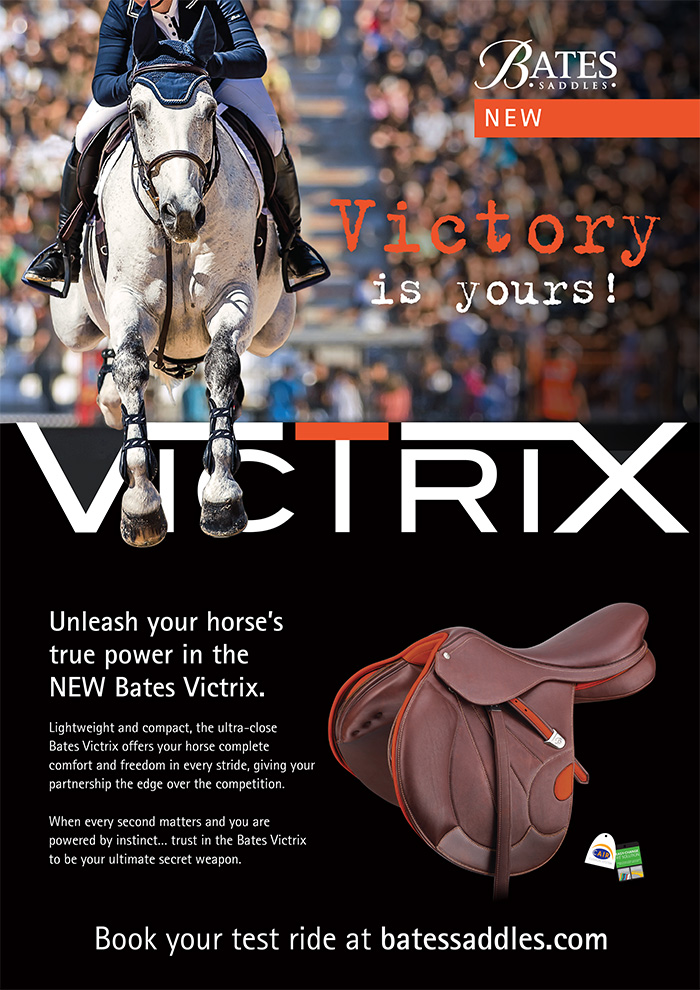
The change is a bit hairy but Michelle is happy just to get one: “He had NO flying changes when we got him, that wasn’t a dressage change but it was a change…”
“Let’s do one more change across the diagonal. Don’t think about the change itself, just think about how straight you can ride him through your legs. Very good.”
Crooked comes with off-the-track and Tenterfield is no exception, he goes against Annica’s left leg almost all the time…
“Think! Which way is he pushing now?”
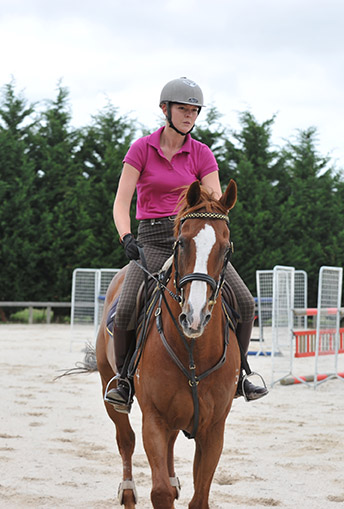
“Inward, on my left leg.”
“Okay so just keep your hands steady and push, inside leg to outside rein – there, keep the leg, now relax your inside hand up his neck, good, now take it back again – smooth hands. Good girl. You be the still one.”
“Out of the saddle and let him bowl forward, now ride your circles, bring your angle back, relax that left elbow. You know Annica, the only reason you use your left elbow like that is because you can feel him push his body left, you want to force him over to the right by tensing up the whole left side of your body. Sit down to the left and make your left leg longer, even if you’re in light seat, left leg – you’ve got to learn to separate your leg aids from your hand aids. Your hand has to stay soft, while the horse stays between your legs, it shouldn’t involve your left arm getting stiff, – now your left arm has got tight again, relax it.”
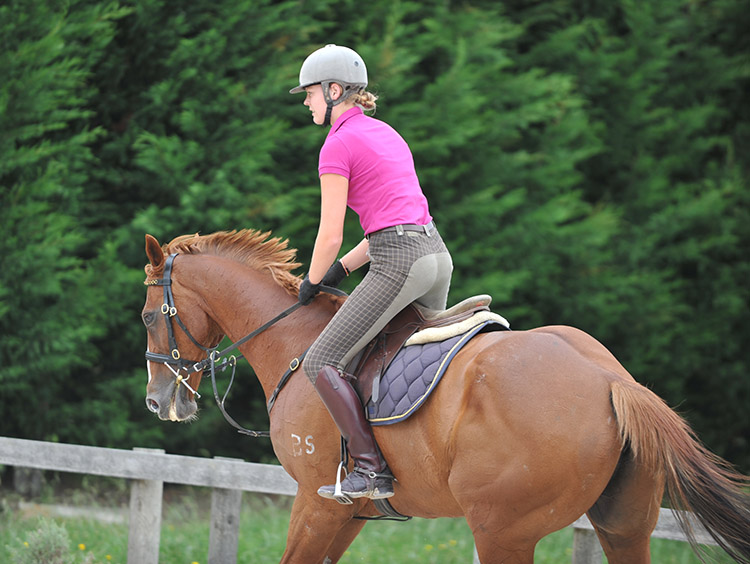
“Half halt, keep the left leg and make his rib-cage go a little to the right.”
Michelle says she likes to teach her riders to concentrate on pushing the horse’s rib-cage over, rather than saying bend their horse . The word bend encourages them to start pulling inside rein, rather then the horse moving its body away from the leg.
“We are not going to force it, just feel it. Don’t get busy with your hands, just push his rib-cage to the right, good, now out of the saddle, now he has come against your left leg again, so quietly into the saddle and keep his ribcage a little to the right. Now out of the saddle again, just keep repeating it, so it is not a big deal to him, but you are always looking to keep him straighter using your leg, not getting busy with your hand.”
Tenterfield was not very accepting of the leg to start with… but as George Morris says “ make the hot horse colder to your leg, and the cold horse hotter to your leg.”
read on
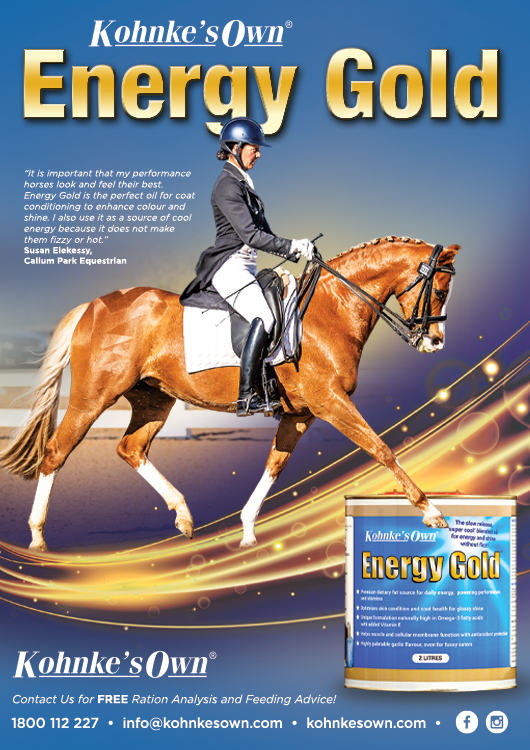
“Smooth with your body, no pumping with the seat. Sometimes allow with your hand, come up the neck, if he starts to feel straighter and more relaxed, that’s your opportunity to give and encourage him to take more rein, allow. If you start to lose him, bring the angle of your upper body back slightly, don’t be heavy in the saddle, and when you’ve got him again, come out of the saddle – super – now you can feel his canter open up.”
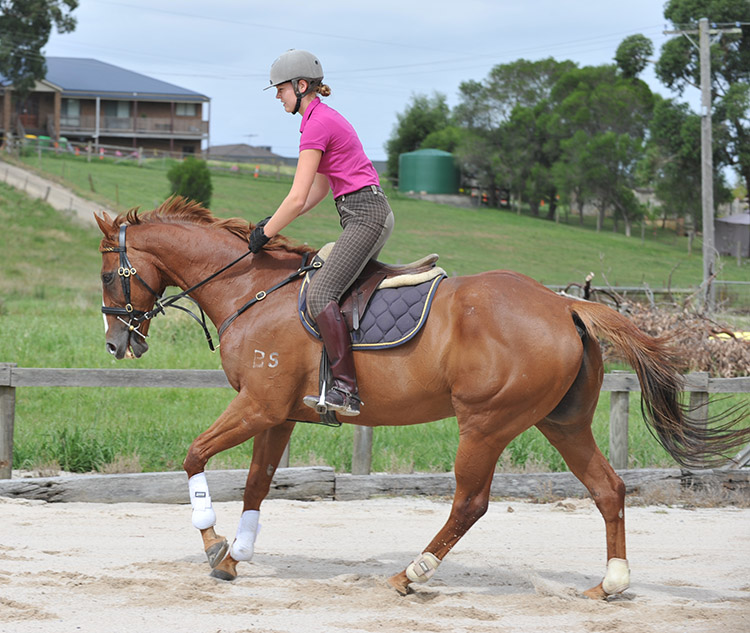
Do you have to use special techniques dealing with hot red heads?
“We use the same classical principles, but what changes with horses with a brain like this, is that you have to be more diplomatic with everything – the way you explain it to him is going to be more diplomatic than if you are riding a cold blooded horse. Your conversation with him has to be softer.”
It’s time to try a few little jumps, and as Annica rides to the first one, a slightly spooking Tenterfield puts on the brakes…
“He is a very looky horse – he just did that to embarrass you. ”
This time he jumps, but it is the reaction after the jump that Michelle is concentrating on:
“Good now you circle, inside leg, inside leg, soft arms, out of the saddle and relax him in the back, super.”
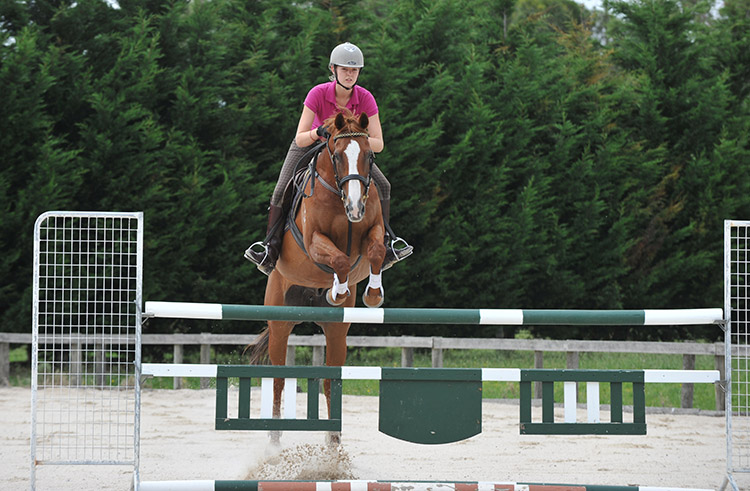
The chestnut is one of those horses that just when you’ve got him nice and relaxed and traveling sweetly, he will, for no reason at all, stick his nose in the air and go like a camel…
“He used to be so busy with his head, and I think that is why Annica had become a little too busy with her hands, because she was always trying to fix it from the front. But it has made her very diplomatic and smoother with her hands”
“It is strange the things he spooks at, and when he spooks, then he gets paranoid because he really believes that someone is going to give him a hard time. Once he spooks, he’s got a guilty conscience and he is generally out of the arena.”
“You have to be really smooth with your contact so he doesn’t over-react. Keep your fingers closed on the rein, and watch your left elbow, relax it. As you come to the jump, soft arms, think quiet. Good, very good.”
“He is a worm, one minute he goes left with his neck, the next minute it goes right, you’ve just got to feel it and ride him straight forward to correct it. When you sink back into the saddle, feel that he stays in front of your leg. As soon as he feels you come back with your body, your leg has to be there. You know he is a different horse at times at home compared to what he is in the ring, you just have to be there with your leg as you bring your angle back into the saddle.”
“Think about correcting him through his body. The more you correct him with your hand, the more mouthy he gets, and then the more uptight he gets, which affects the quality of your canter. ”Contact is important, but not pulling back or being busy.”
Like a lot of Thoroughbred horses, Tenterfield is better in the actual competition than he is working at home, as he starts to concentrate on the fence and less on the surroundings.
The main problem Annica has been having over the bigger Grand Prix tracks is riding oxers. “Tenterfield does not have the best front end technique and Annica often under-estimates the amount of leg she needs for her oxers. When he is soft like this she needs to learn to ride more forward these fences.”
Now Annica is jumping three fences, “nice simple fences, just nice lines, nice rhythm. He is such a worrier, he can look in all directions. Good very good. Soft arms, straight, inside leg, relax your arm. Beautiful.”
“Even though he was disunited there, I am glad you did the best you could to stay focused on the fence. The reason it happened is what you have to correct, not actually that he is disunited. Why did he disunite there?”
“He fell to the left…”
“Just think about correcting the left shoulder and rib-cage, you need to keep his weight on his right leg to allow him to change to the left, even if you put him back on the other lead, and then try again for a change, if you try bringing your outside leg back while he is falling in for the change he will only fall left more.”
“Let’s go, pink vertical, towards home, keep him really straight, you know he is going to catch you here because he wants to go shoulder first, oxer, out of the corner, a steady seven to this, bending line, straight on landing, right, over the oxer there.”
“Watch your left arm, keep your thumb up and keep your arm relaxed, lovely, right leg, open up”. Annica uses her body for control over the fence: “good girl – let’s see if she knows she did eight instead of seven – okay now ride a circle, don’t pull with your right rein, ride the circle with your eyes and your legs – try and re-balance his centre of gravity without getting too short in the canter, now come out of the saddle , let your elbows go, come further up the neck with your hands, further, good, now come back in the saddle and with your reins in one hand give him a pat on the neck, follow the mouth.”
“How many strides did you do to the vertical?”
“Not sure, seven?”
“You did eight but it was well ridden, it was smooth, you didn’t expect that because sometimes down the lines he lands and runs, but he didn’t, he landed and he was really waiting and listening to you, so you got there in the eight. It is not a major, major sin in a line, seven or eight, it is just you being aware of your pace, because if you are aware you did the eight, and you know there is a long distance coming up afterwards, you’ve got to be ready so you don’t get caught out on the longer distance.”
Time for another little flat work refresher:
“Ride a circle and put your reins in a single bridge, really narrow, take the power out of your hands, half halt, come back, then you have to use your leg – very good, there – how much stiller is he? Keep the left leg, give the rein up the neck now, okay trot…”
“Keep him on that line, now a little half halt with your position, not a heavy seat, you are still tall, not sitting hard, inside leg when you feel that tightness. Now close your fingers on the rein, open fingers does not create a soft feel, soft arms do. It was once described to me by George Sanna as ‘letting your arm melt’. Ask more from him, open your rein and find more contact, good, now give, now follow – now bring your angle back – see when you do that, you must follow the feel of the rein and feel the contact, don’t let him catch you like that.”
“Now follow, remember your arm is an extension of the rein, now you’ve lost the feel, bring your angle back and feel. He’ll only be steady if you teach him to be steady, but you have to teach him to be steady with an elastic arm, feel it, good, now follow again, now come back with your angle and feel it again but keep your arm relaxed. His back will only be as soft as your arm is…”
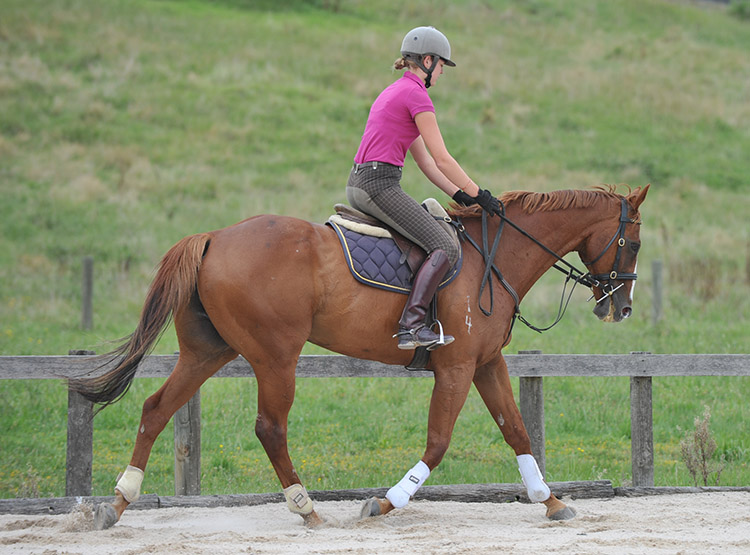
“As you give, let me see the give come through your elbows, relax your shoulder and arm, good, sit down again, follow again. Annica, when you work him at home, it’s no good him doing all the straight lines around your arena if he is just going like a giraffe and his head is all over the place. You want some longevity out of this horse, and the more you work him with a longer frame and softer body, the more years you are going to get out of him. Make it a little more active to the bridle, now walk but keep your inside leg.”
read on below
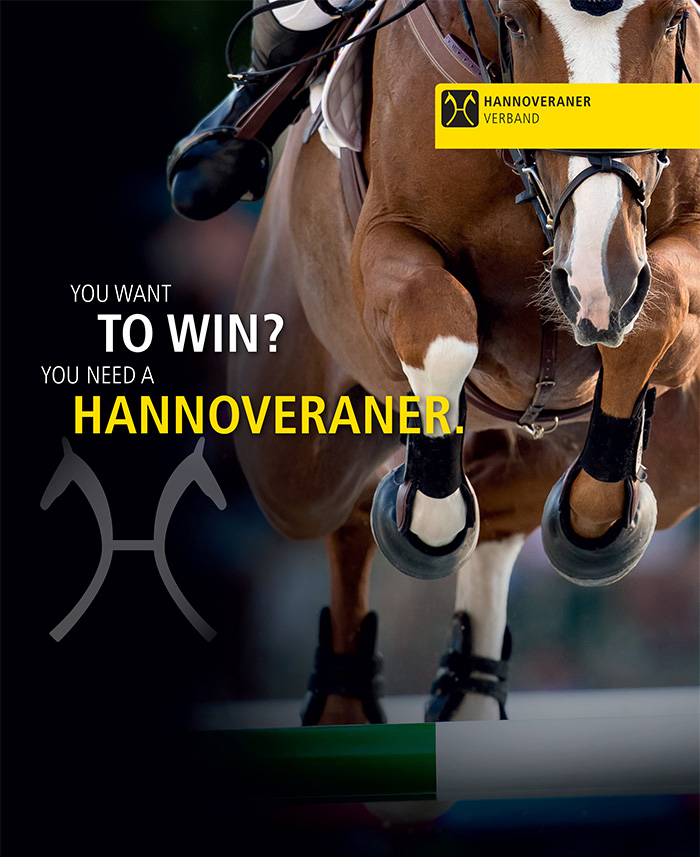
Of course, the minute Annica asks for the transition to walk, the horse goes above the bit, and starts gazing at the sky again. Michelle wants a quick correction:
“Change your mind, go to trot, if he pushes at the bit in your downward transition, change your mind. Now go to walk again, and if he pushes at the bit, change your mind. Good, so he goes forward to the bridle, much better. Very good, really good, give him a pat.”
Pat and up goes his head. Michelle is sympathetic:
“He is a real Thoroughbred – where is the track? He is a nice horse, if you had got him as a four year old, he could have been fantastic. You just do your best without upsetting him, try to ask in a polite way – hands that say ‘please’ not demanding hands. If you get too demanding, he gets really frantic and worried. Consistent and polite, because he is a hot redhead, it needs to be explained and explained again, it can’t just be a war, a demand. Once he lowers his neck and he is steady, don’t lose the contact in the walk because he will go up quick, just relax your arm, don’t throw it away. With a horse like this, it is good to keep his attention on you, otherwise his mind goes back to the race track.”
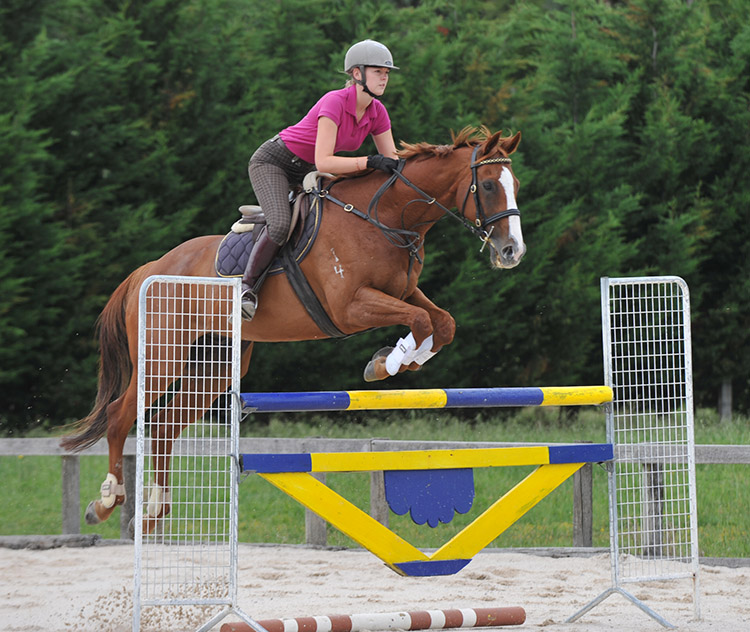
Working with Tenterfield and Annica
Michelle has been working with Annica and Tenterfield for nearly three years:
“ Annica had come off something that was small with a solid mouth and dull to the leg; a totally different ride. It took time for Annica to learn how to deal with his mind and adjust to him. She missed a lot of distances on him in the beginning as she would get him too short and backwards. This is one of the reasons I try to keep the flat very simple, so her reaction is to ride forward through a unsteadiness, specially in turns and not to fiddle with her hands. I think she does a beautiful job on him now.”
Did you think he’d go World Cup when you started with him?
“I thought it would be really nice if we got a good young rider horse. I must admit the first lot of World Cups that Annica entered, when I walked the course with her, I was nervous, it was a big step up for her. But walking the course with her was really incredible, she has such a great attitude. She is so cool, she copes with pressure extremely well. She gave him a real super ride, she deserved to jump him around World Cup tracks because she gave him such a good ride. Occasionally she’d get the odd distance a little long, but she is not someone who lands and panics about it – she’s a perfectionist who wants to improve, but not the sort of perfectionist who beats up on herself if she makes a mistake. Some riders give themselves such a bad time when they get to a high level that they start to get nervous and they develop a fear of mistakes. Annica has a really good head for top competition.”
Michelle had just spent a couple of days watching George Morris teach and was still aglow with inspiration.
Has it helped you, having a little refresher course watching George Morris teach?
“Watching George is super, I love it. It is a really good opportunity to see him at work. I think it is important for any coach… we don’t become slack, but we see the same pupils, you are saying the same words, and it is so inspiring to see someone of George’s level – and because the top coaches all speak the same language, it just adds to what you know. It gives you more tools to use…”
Annica Robertson – starting out in the big time
Did you always want to be a jumping rider?
“I don’t know, I don’t even remember wanting horses, but I started doing pony club and I just found jumping the most fun. Dad is really competitive, so we soon started doing competitions, we came to Michelle and it went from there.”
“I find jumping less frustrating than dressage…”
Tenterfield must be frustrating to ride because he is a wiggly worm…
“He can get really hot, and quite annoying outside the ring, but generally once you get into the ring, he concentrates and focuses on what has to be done. So at least he is focused in the ring and you can get around the course.”
Was it scary doing your first World Cup classes?
“At first I was extremely nervous. The first one was Gawler and everyone was saying ‘it’s huge’, so that was scary, but it is heaps of fun, and I don’t get too nervous now…”
Breed yourself a jumper with frozen semen from IHB – details

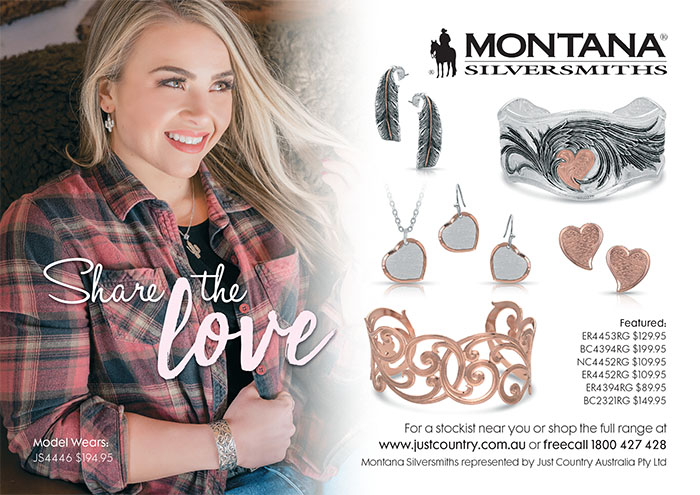

This is a fascinating read. You have gems regarding technique. I especially like the notion of moving moving the rib cage. It really helps clarify things in my mind. From experience I also agree with the emphasis on using more leg rather than hand on a hot horse.